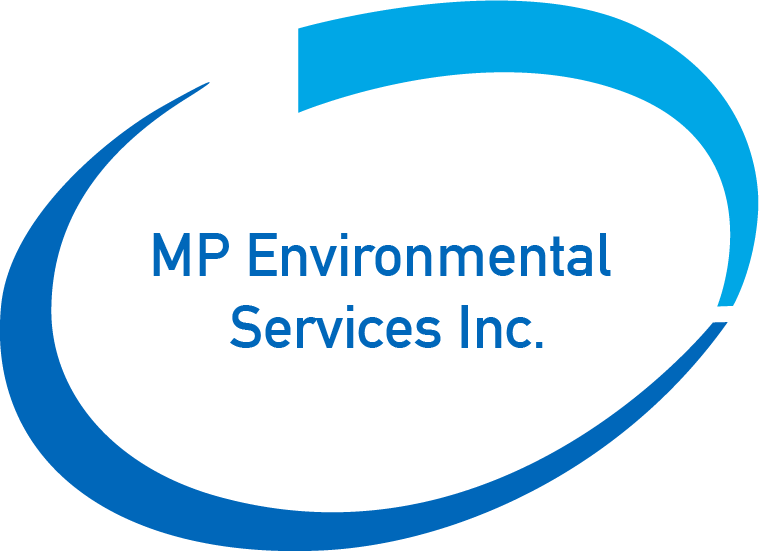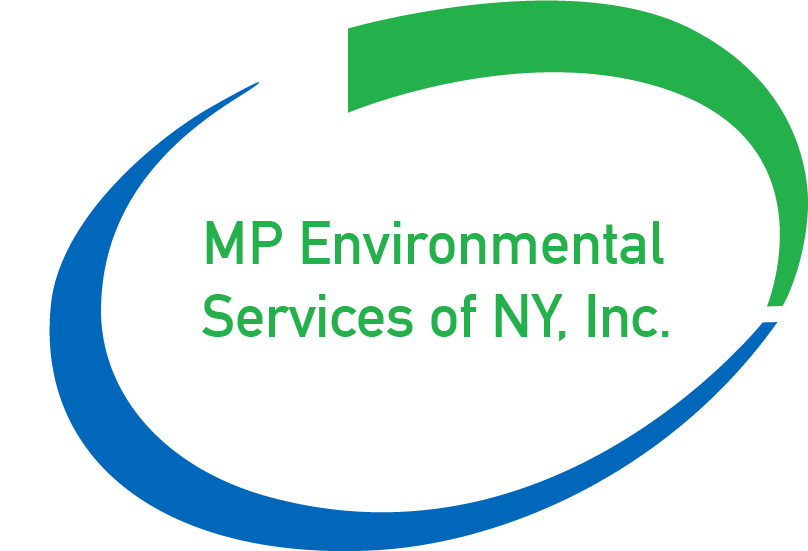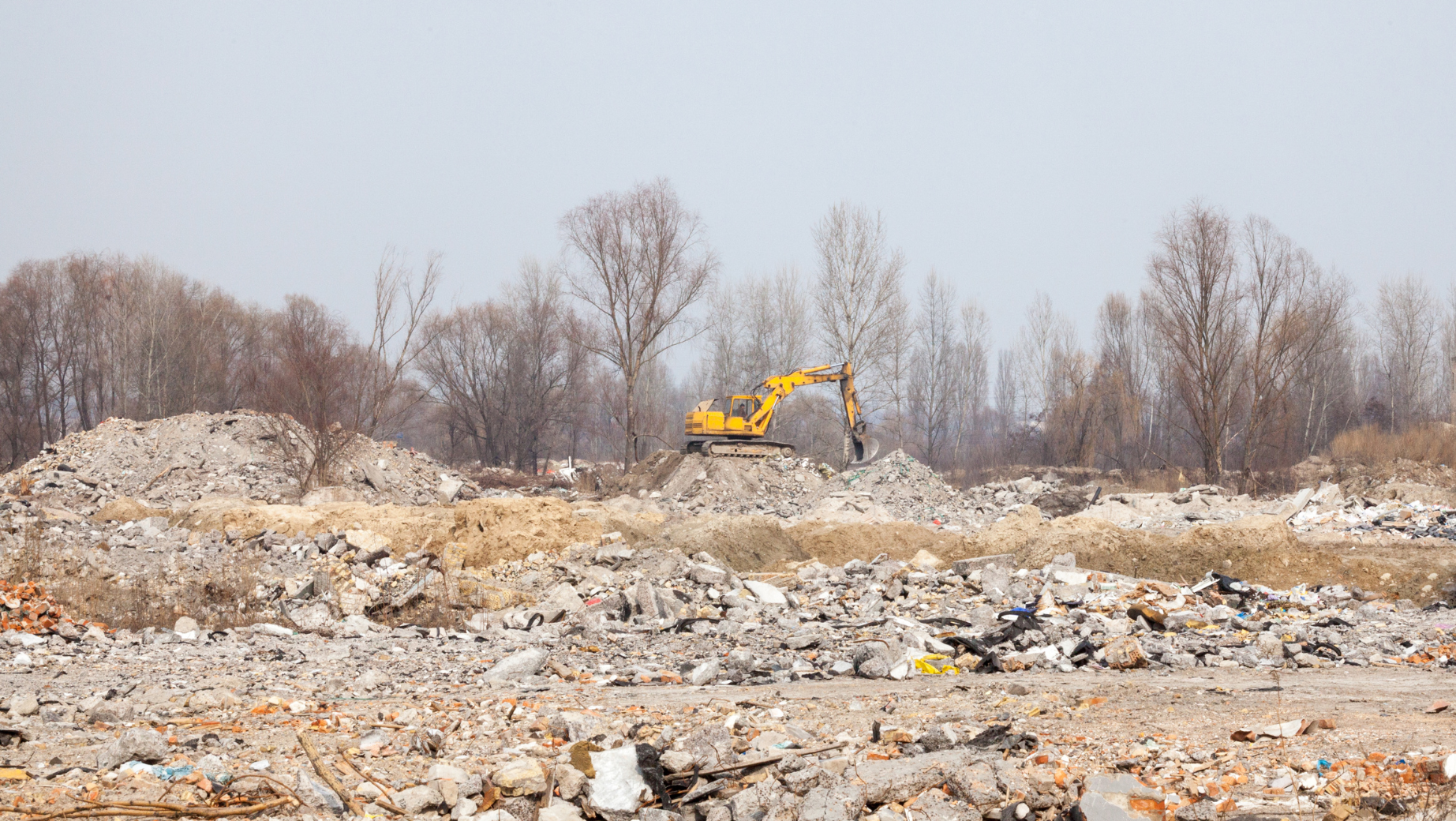Environmental Ethics

Navigating Environmental Gray Zones:
Ethical Considerations in Remediation
When it comes to environmental remediation, it's not always black and white. Join us as we explore the gray areas and ethical dilemmas that arise when balancing profit with environmental impact.
Equity and Justice in Remediation Decisions
A significant ethical challenge arises when determining which contaminated sites to prioritize for remediation. The decision-making process can often spotlight issues of fairness and justice. Should resources be allocated equally among sites, or should we prioritize areas where vulnerable populations are at higher risk? This question becomes particularly pressing in industries focused on removing hazardous substances like lead or asbestos, where health implications can be severe.
How much is enough?
Another dilemma is deciding just how clean is "clean enough." Establishing acceptable contamination levels involves weighing the health risks against the economic feasibility and the potential environmental impacts of remediation methods. For example, in demolition and environmental services, the decision to demolish a building may solve one problem but create another if not handled with consideration for material disposal and site contamination.
The Community Burden
The processes used in remediation, whether it's dealing with PCBs or recycling building materials, can disproportionately impact certain communities. Ensuring that no group bears an undue share of the burden involves a careful analysis of where and how remediation efforts are conducted. This consideration is crucial to maintaining ethical integrity and community trust in the remediation process.
Disclosure & Participation
Transparency is incredibly important in any environmental service. Affected communities must be informed and involved in the remediation decisions that impact their environment and health. From mold removal in residential areas to asbestos removal in old buildings, every step should be communicated clearly to those affected. Ensuring participation in these processes not only aligns with ethical practices but also helps in aligning remediation efforts with community needs and values.
Intergenerational Justice
Our decisions today will echo into the future. In handling contaminants and deciding on the longevity of remediation efforts, we must consider the legacy we leave behind. For instance, the choice between quick, less costly methods and more thorough, sustainable practices can impact generations to come. This is especially relevant in dealing with substances like PCBs, where improper handling can result in long-lasting environmental damage.
Financial Responsibility
Deciding who should bear the cost of remediation is a contentious issue. Balancing corporate responsibility, government intervention, and public accountability is a perennial ethical challenge. In our own operations, whether it's removing hazardous materials or undertaking large-scale demolition, we strive to engage with all stakeholders to ensure that financial responsibilities are met ethically and equitably.
Long-Term Stewardship
The ethical considerations of our remediation efforts do not end when the physical work does. Long-term management and monitoring are imperative to ensure the continued safety and effectiveness of the remediation. Whether it's a demolished site or a decontaminated building, ongoing stewardship is essential to safeguard the health of the environment and its inhabitants.
As we navigate these ethical dilemmas, our goal remains clear: to make decisions that benefit both people and the planet, without compromise. Through prioritizing sustainability, equity, and community engagement, we strive to address the gray areas of environmental ethics effectively and responsibly. Remember, when faced with these challenges, the consideration of long-term consequences is crucial in shaping a just and sustainable future.





